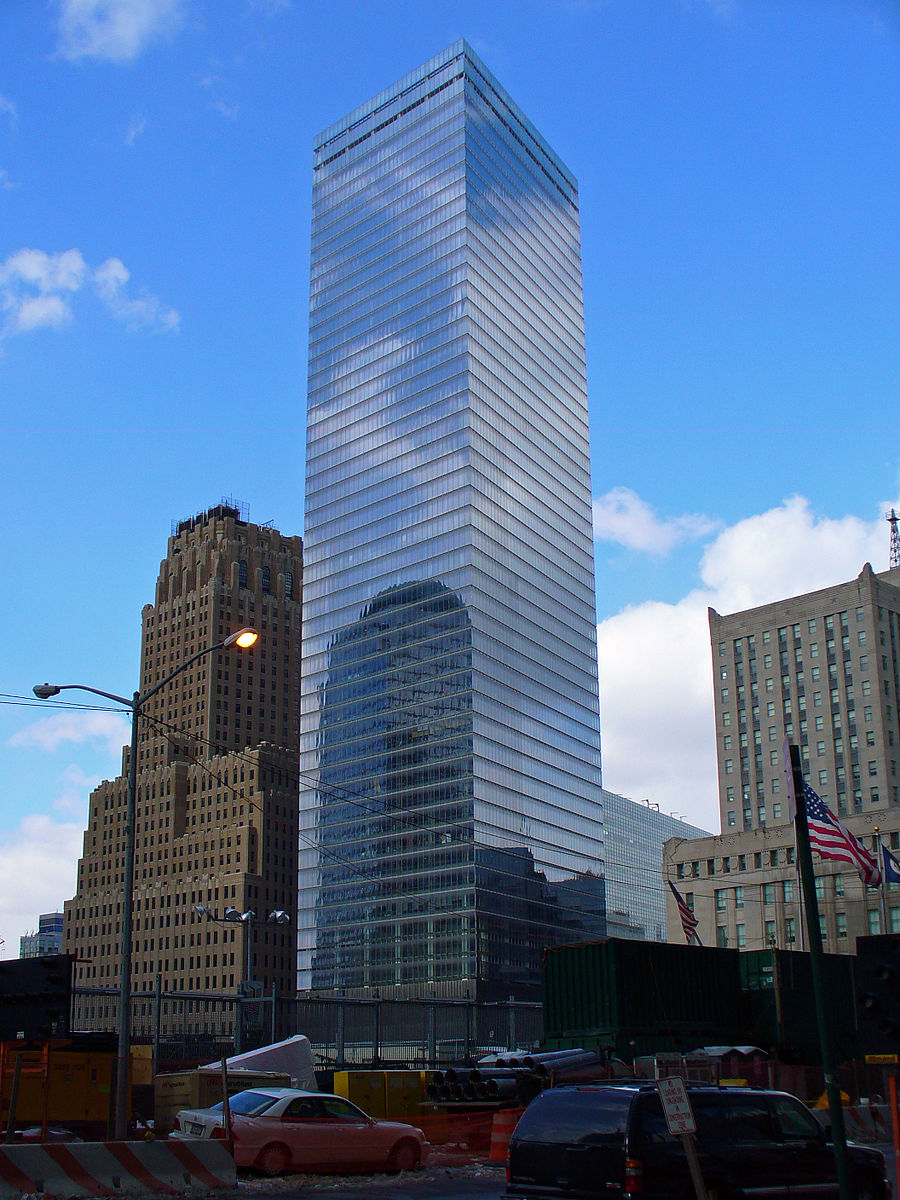9/11 Chemistry and Physics - applying concepts like enthalpy and specific heat
INTRO
The great advantage of having a basic knowledge of science is to be able to understand the issues that profoundly affect our lives, like for instance transgenic foods, pesticides, global warming, nuclear energy and medicine, drugs, genetic therapy, space exploration, polution in general, cancer treatments, viruses, etc...
Some basic physics and chemistry calculations are shown here in order to determine if there was enough heat to pulverize the steel columns (and all the rest) of 3 buildings in 9/11.
How were the stell columns completely destroyed?
WTC buildings 1 and 2 had 106 steel columns each with a total mass of aproximately 200 mil toneladas (each). The total mass of each tower (1 and 2) were 500 000 tons, so that 300 000 were cement and all the rest.
Some people believe that all those columns failed so dramatically, at precisely the same moment in all their extensions, because they melted as a consequence of heating by jet fuel. That is impossible because the melting point of steel is about 1500 °C (depending on the particular type of steel but high quality steel is normaly used in this kind of building) and a fire like that (essentially burning jet fuel and some office materials) cannot excede 1000°C . This fact is accepted even by the official investigators of the event - NIST – Nacional Institute of Standards and technology.
According to NIST, the steel columns are weakened when heated to 1000°C and that explains the collapse.
That is hard to swallow because to explain that free fall collapse the columns must have been completely destroyed. In any case, the calculations here show that the amount of heat present could not be enough to raise the temperature of the columns to 700 °C.
CALCULATIONS (spreadsheet available for download)
1) Heat needed to raise the temperature of the steel columns to 700 °C
we use the formula that relates temperatura (T) and heat (Q) : Q = m c ΔT (revise theory)
According to the formula above, the energy required to raise the temperature of the columns to 700°C is obtained by multiplying 3 factors: the mass (m), which is 200 million kg, the temperature increase (ΔT), which is 680 (assuming that room temperature was 20°C) and the specific heat of the material (c). For iron (the main component of steel) it is 450 J/ kg °C.
The result is 6,12 *1013 J ,
2) Heat energy that can be released by burning a full Boeing 767 fuel tank
Its capacity is 90 000 liters of fuel. According to Wikipedia, the BP avgas 80 jet fuel has a density of 690 kg/l and its enthalpy of combustion is 44,65 MJ / kg .
So, the weight of the fuel is 62100 kg (volume x density). Multiplying that by the enthalpy we get 2,79 *1012 J .
Conclusion: The heat released by the fuel (2,79 *1012 J) is not enight to heat the columns to 700 °C, because that would require 2,79 *1012 J.
Besides, 10 to 20% of this fuel is consumed during take off.
There are also other issues that would make difficult the heating of the columns:
-Thermal protection of the columns
The steel columns were covered by an insulating material that protected them from heat. According to NIST, this protection was destroyed on impact. But could it be destroyed in the whole building!?
- Combustion efficiency
In order to get all the heat energy out of fuel, plenty of air (actually oxygen) must be supplied. A typical jet engine consumes around 1,2 tons of air per second during take off. This kind of air flux is obviously impossible in an open fire; the situation is even worse inside a building. That is another reason why that the amount of heat energy produced in the disaster is much smaller than the one we calculated here. We calculated the maximum possible value.
The black smoke release from inside the bulding is typical of an incomplete combustion, where carbon is emitted in solid form (carbon black), as we sometimes observe in some badly tuned Diesel engines.
,
-Efficiency of the building as an oven
A domestic gas oven has an efficiency of around 6%; that means that only 6% of the heat released by burning gas is actually taken by the food inside the oven. The rest is wasted.
Modelling the WTC towers as ovens (in fact they should perform much worse than an oven), what would be the efficiency? It would certainly be very small.
And the conclusion:
According to the calculation, fire alone could not destroy the buildings. It looks more like a controlled demolition. More info here .
University researchers detected explosives in the ruins.
Spreadsheet with all the calculations (download the spreadsheet)
WTC 7 (below), was also demolished, but it was quickly rebuilt after the attacks

more examples of calculations involving specific heat>>
